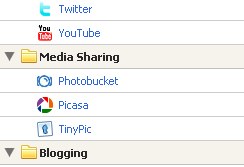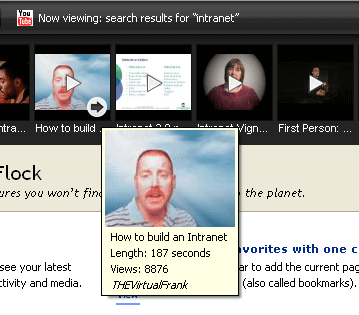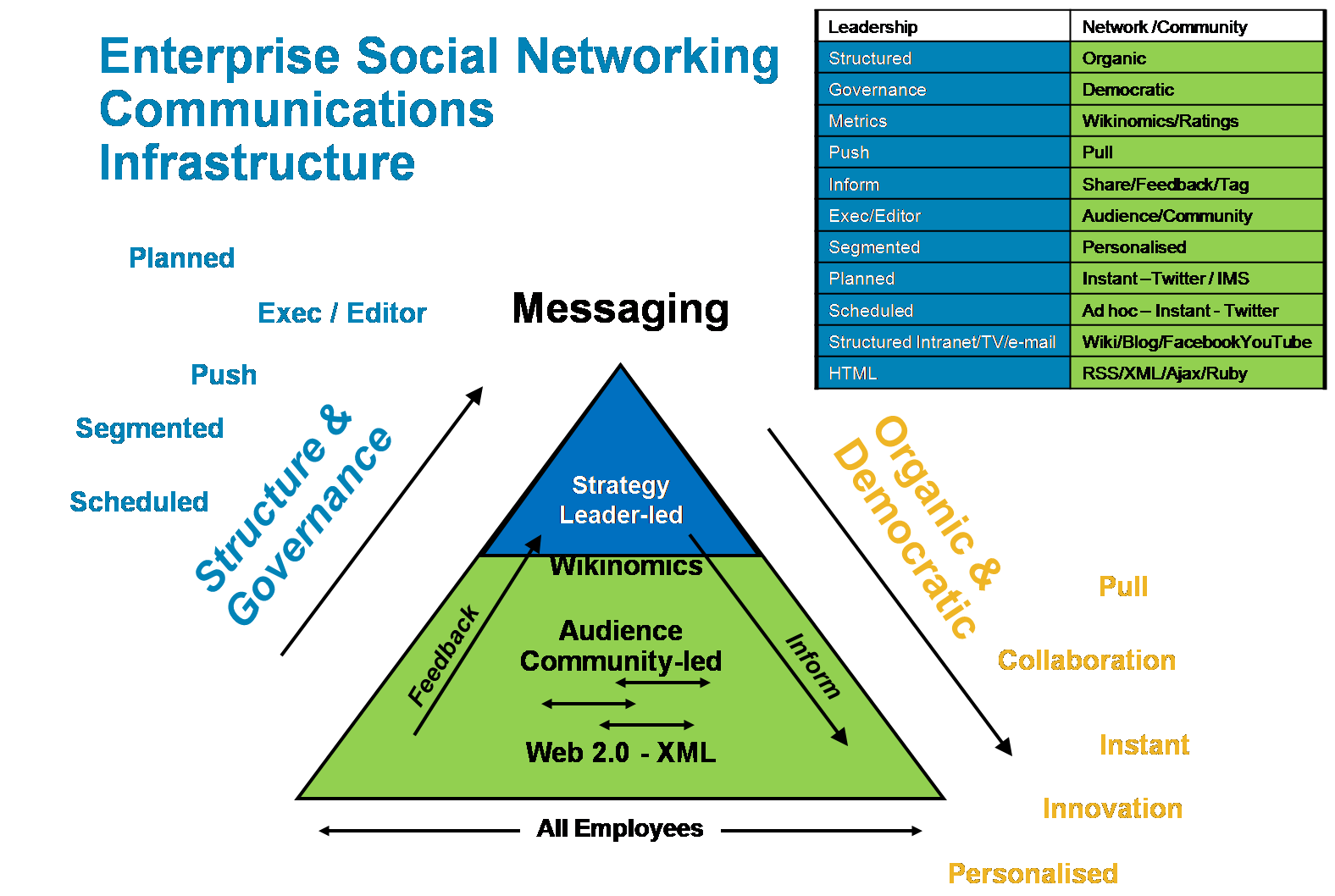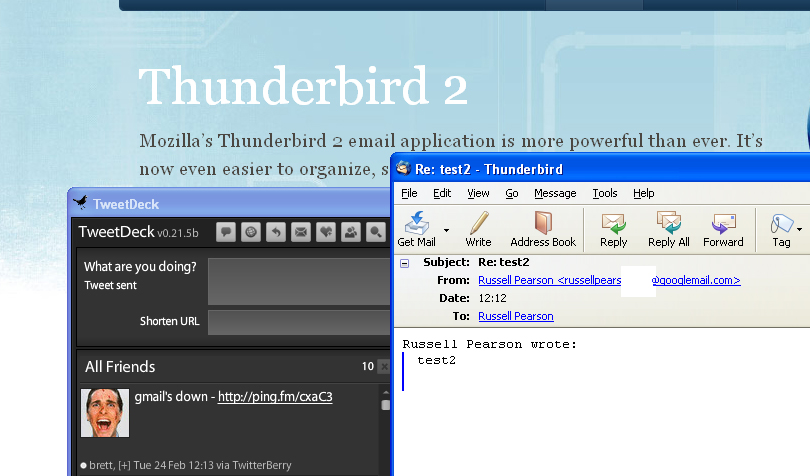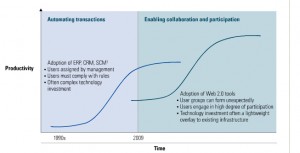One element of social media that intrigues me is the apparent lack of engagement between Theory minded people and industrial (for want of a better word) social media. I suspect, in fact I strongly suspect that I’m missing a lot of what’s going on here, but when I search on say Baudrillard and Web 2.0 I don’t get the level of response I’d expect. OK, there’s a level of engagement here, but there’s not the richness I’d expect. Maybe it’s a case of those looking at social media through critical theory eyes not knowing how to optimise their pages for Google and the like.
Jamboree of Contemporary Thought

A lack of SEO savvy is not something one would expect to see amongst the evidently technical able of the world of blogs and Twitter and so I believe that any absence of using continental philosophers to understand social media and web 2.0 is literally that, an absence. My interest in all this is academic, literally. I took the Critical Theory MA at Nottingham University in the early 1990s, a course which took in Structuralist and Post-Structuralist, Marxist, Feminist, Lacanian, Deconstructionist and classical Critical theorists in a roller-coaster jamboree of contemporary thought.
Postmodern economies
When I moved to tech and the multinational environment it was familiar. Writers such as Jameson, Lash and Urry had described what the latter called “The End of Organized Capital” and it was great to be in this white hot heat of a genuine technological revolution. Mid recession there may be a case for wondering if our postmodern, post-industrial society is a post mortem for a wealth creating, growth based economy but I’ll leave that for another post.
Discovery vs Creation
So back to Theory and what sparked off this post. Over at CenterNetworks, Adrian Chan has written a piece called “A Short Post on Discovery vs. Creation, Relating to Social Media“. This is a remarkable little essay and one that has gotten me thinking a great deal about the relationship between Theory and social media.
Foucault and the Subject
What Adrian posits is the relationship between Michel Foucault’s concept of self(s) and the way we find and act in social media. By self, we’re talking about the ‘Subject’ i.e. that philosophic bête noire of the self and the birth of individual identity. Adrian sees Foucault as having the Self as either revealed, as in religious revelation, or as created as act of will:
the Self that is discovered and known through some kind of religious quest and search. And the Self that is created, invented, through free will, action, choice (and so on).
If I recall rightly, I’m not so sure Foucault has a sense of self-created in this way. I think he would say that it’s constructed, made from discourse and is highly transient. In a sense, Foucault is trying to unstructure identity from the Structuralist ideas of his peers – we’re part of a changing matrix of discourses, not an order of structures.
Tagging things and connections
But says Adrian, it’s in terms of such structures that we see social media, or it sees us. It’s like that because the way many approach the web is one based on the notion of a structure of sameness and relationship. This is the model of the dating site and of tagging – this attribute is shared, this connection is made, the structure of things defines our relationship. But as Adrian points out, such a model is profoundly anti-human:
But in each case, we have only a system of things and attributes.
Human relationships aren’t build on similarity or identity of attributes. They’re a result of interaction, of understanding, of the things we do that move us and by which we move one another.
Agency and dialogues
To counter this, Adrian puts forward a model of ‘agency’. We as concious humans act, interact, create stories and converse. We create the dialogue, it does not create us. Or at least in Theory. What I think this leads us to is a chance at change. To act on and to change structures and dialogues of the web, rather than us being defined by them. Or as Adrian defines in superlative form:
Social media may be a means of production. But we are still the production of means.
Footnote
This whole question of the Subject and its apparent death, is one that excites a lot of contemporary thought. For many this death is pretty pessimistic stuff. If we’re entrapped in a web of meanings, where can human agency and action be? For an answer, James Heartfield‘s book “Postmodernism and the ‘Death of the Subject’” is a pretty good counter and a tasty excerpt can be found here. Wikipedia on the Subject

